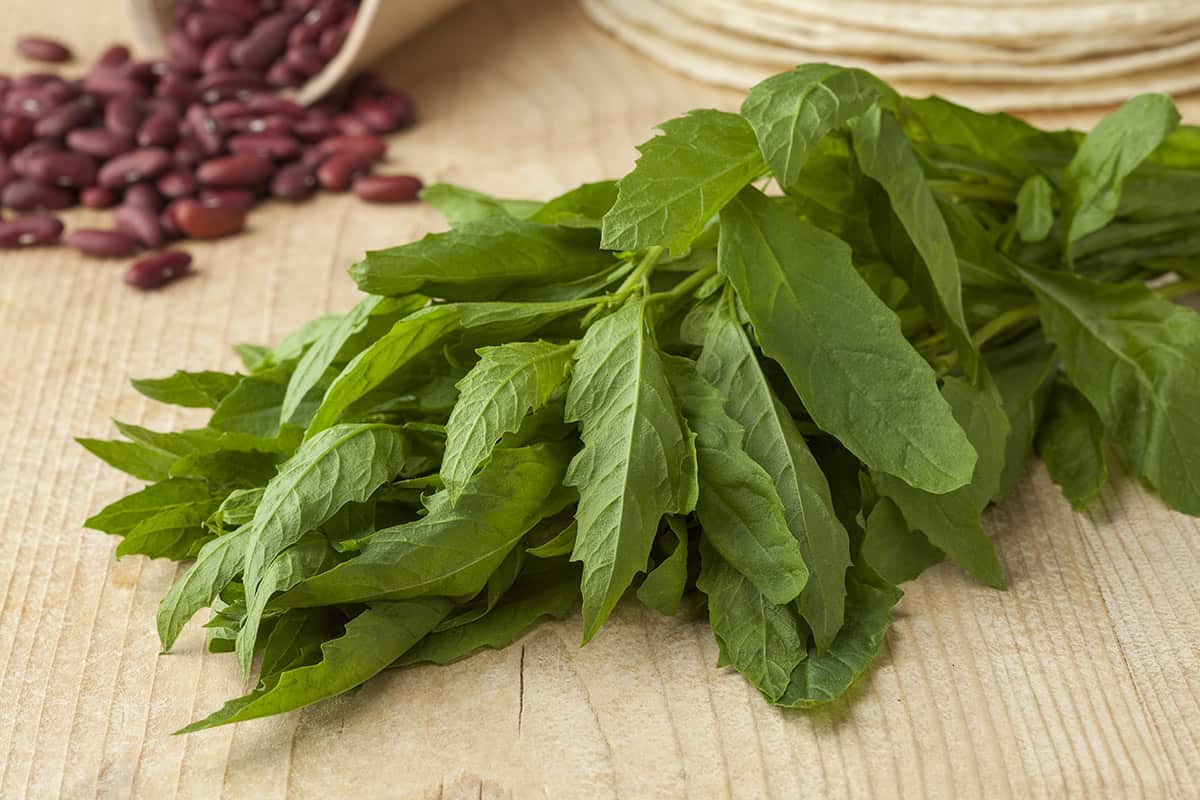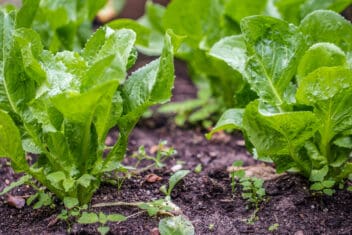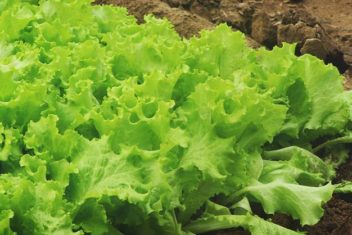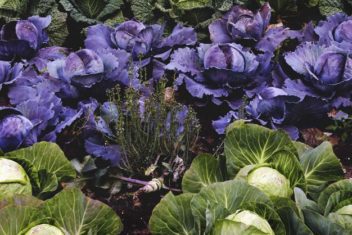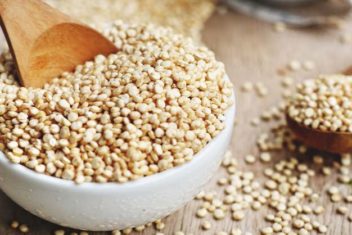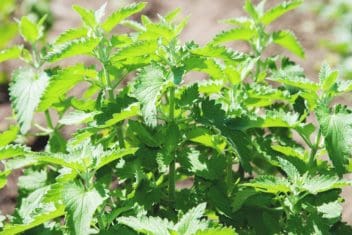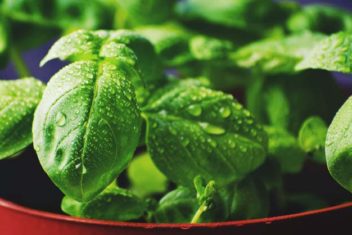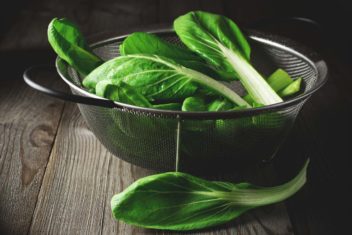Never heard of epazote? You’re not alone. Many are unfamiliar with it, but people have been growing and using this amazing herb for centuries.
If you like Southern Mexican or Guatemalan food, you probably have tasted it. For the rest, it’s time to get to know epazote, also known as wormseed.
This herb, which tastes like a strong mix of oregano, fennel or tarragon, adds a wonderfully distinctive flavor to your meals. If you can’t wait to take a bite, let’s get started!
What is Epazote?
Considered by some to be a weed, epazote (Dysphania ambrosioides) is native to South America and was used by the Mayans, who ate it and used it to rid their bodies of parasitic worms.
Explorers brought it from Mexico to Europe in the 17th century, when it gained the name wormseed (for obvious reasons).
Like most herbs, epazote can be used medicinally, in the kitchen to add flavor to food, and as a tea.
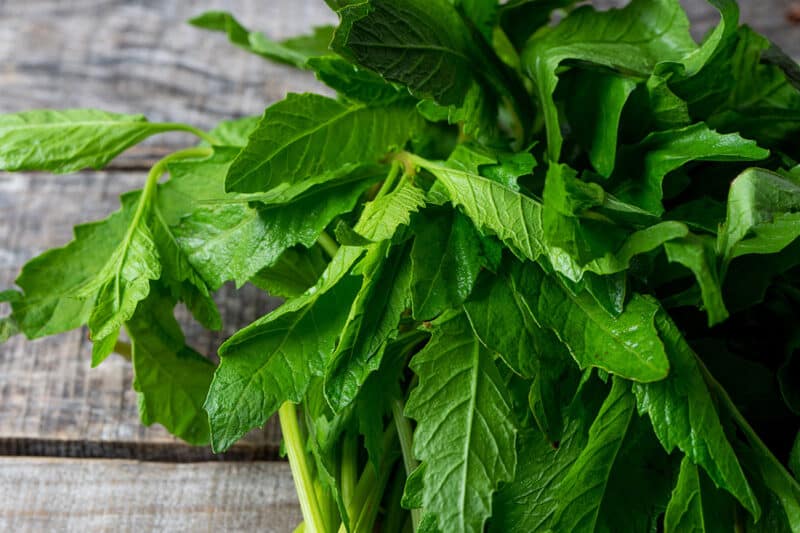
Epazote is related to lambs-quarters and, like its relative, it will take over a garden if left to its own devices. Don’t worry; it’s controllable with careful planting.
It’s drought-resistant and a great addition to a survival garden due to its culinary and medicinal uses.
Found throughout the Southwestern United States, Epazote is also known as Yerba de Santa Maria, paico macho, and hierba homigero, along with a few other names.
How to Plant Epazote
Best planted in pots to control the spread, epazote grows well in USDA Growing Zones 4 to 12.
Given its natural environment, it’s no surprise that epazote loves full sun.
Epazote is not fussy when it comes to soil and will grow in most types. A soil pH from 5.2 to 8.3 will see this plant thrive. Just be sure that you don’t mind it spreading around where you plant it.
Spacing should be 24 to 36 inches apart. In containers, have no more than one plant per pot.
Planting the Seed
This plant is probably one of the easiest and most reliable germinators of any that I’ve grown.
There are a lot of places to buy epazote seeds, and I see several online as well.
Soak the seeds in water for 24 hours. Sprinkle on the surface of seed raising mix in pots. Press the seeds down lightly and cover with a very thin layer of soil.
Keep moist with a spray bottle and you should see germination in 7 to 10 days.
Transplant outside once temperatures reach around 70ºF. If planting in containers, you can plant outside sooner under cover or in a greenhouse.
Container Growing
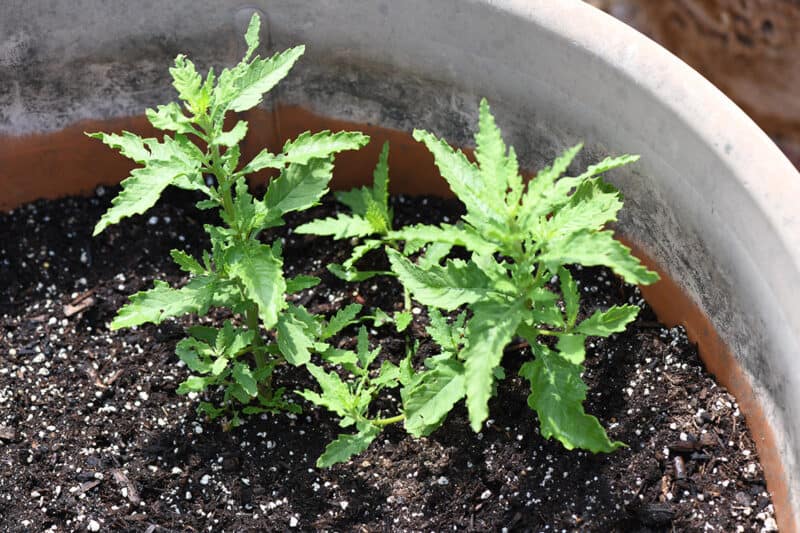
I recommend growing epazote in containers due to their propensity to self-seed rapidly.
You could even sink large containers into the ground and plant your seeds in that pot. Similar to mint, the container walls will keep the plant contained and help stop the spread.
You will also need to remove the seed head before they drop to the soil.
Epazote grows equally as well in pots on the patio or deck. Just give them full sun and water and they will produce well for you.
Caring for Epazote
Planting is easy, and so is raising these plants. Here’s how to care for them.
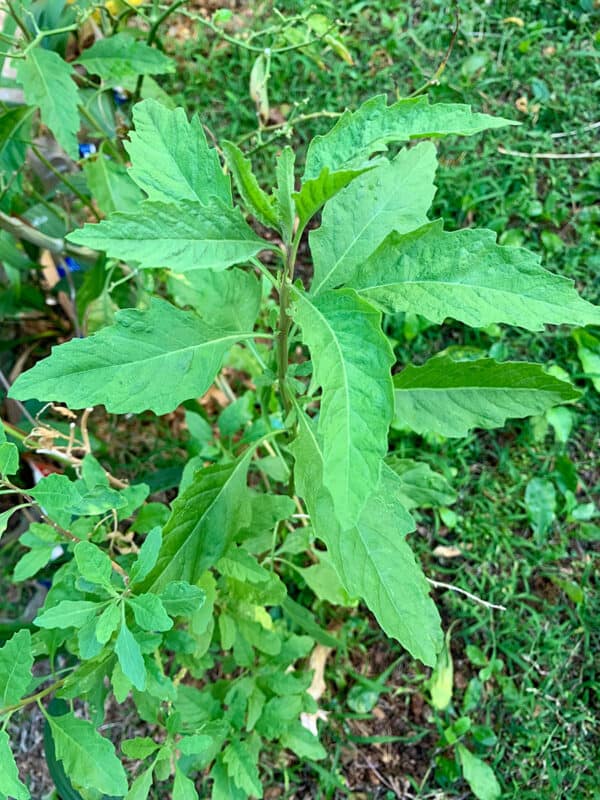
Fertilizer
Because epazote grows so well in various types of soil, it will grow wherever you plant it. There is no need for additional fertilizer once it starts to grow unless it looks unhealthy.
Make sure when you plant the seeds or transplant seedlings, you dig in well-rotted organic matter. That should see it through for the season.
Water
Give regular water, but don’t overwater, especially for plants in containers.
These plants like to have regular moisture, but they don’t do well with wet feet. The best way to know if your plant needs water is to stick a finger in the soil.
If it feels like a well wrung-out sponge, it’s all good. But if it feels dry, it needs water. If it feels soggy, let the soil dry out.
Pruning
I prune consistently to avoid flowering. I want to create a plant that bushes and produces lots of leaves.
Pruning to shape is perfectly fine because epazote grows like a weed, you generally won’t do any damage to the plant.
Never prune or harvest more than 50 percent of the plant at any one time. Also, don’t start pruning until your plant is at least 15 inches tall.
Once your epazote plant is at the height you would like, prune out the center stem for even more bushing and leaf growth.
Companion Planting for Epazote
Choose plants that can handle the robust growth of epazote. I’ve successfully planted it with:
- Lavender
- Corn
- Beans
- Cucumber
- Pumpkin
- Mint
Common Problems and Solutions for Growing Epazote
Even with such a strong and sometimes pungent aroma, epazote is still sought after by bugs. These include:
Flea Beetles
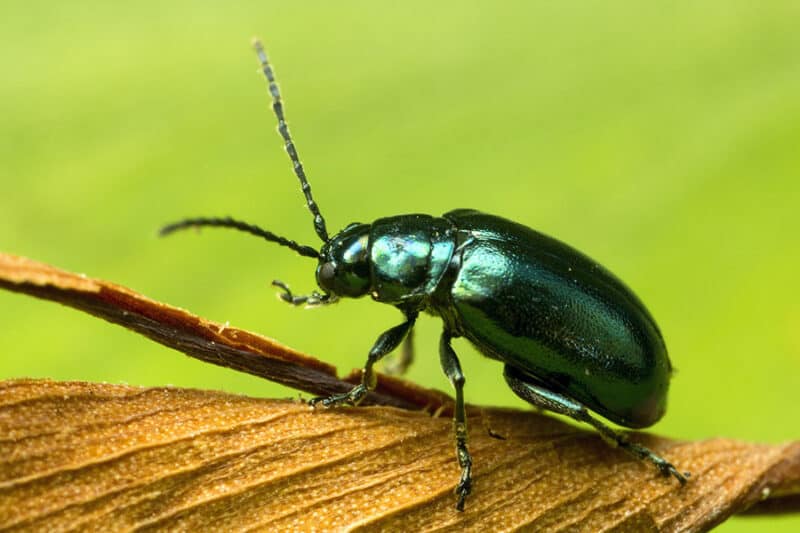
Adult flea beetles feed on foliage like there’s no tomorrow. They emerge in the beginning of the planting season as soon as temperatures are consistently over 50ºF.
The plant generally doesn’t die from flea beetles eating the leaves, but the beetles spread diseases like wilt and blight. If you see flea beetles jumping away when you disturb them, you should aim to eradicate them.
Use an organic insecticide when you see the adults. If you have had any bacterial diseases in the last season, I would use a preventative insecticide spray to try and stop any further outbreaks.
Cabbage Loopers
Distinctive green inch-long caterpillars that inch along the leaves and stems are a dead giveaway of looper activity. You’ll probably also see a lot of moths landing momentarily on your plants to lay eggs.
Looper caterpillars can do a lot of damage to the foliage, especially of you have a large number of them.
Use preventative sprays of neem oil, starting at the beginning of the growing season.
Slugs and Snails
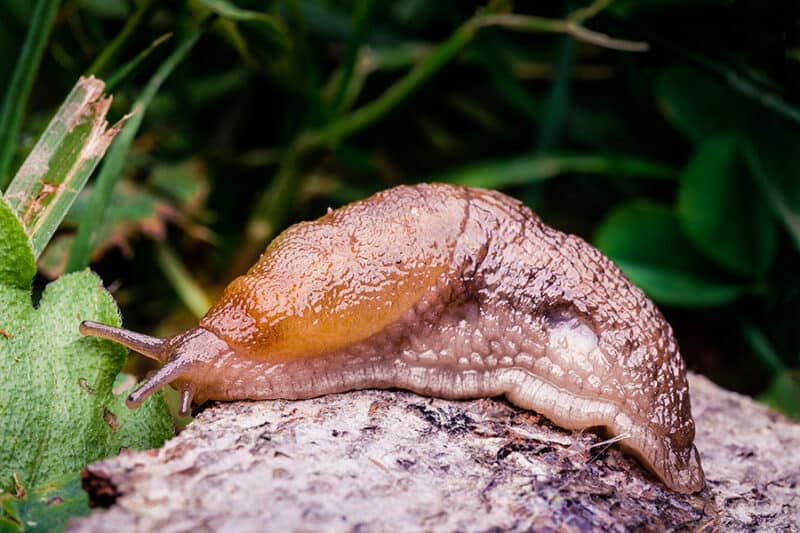
Worse than looper damage is the carnage caused by slugs and snails. If you have the time, go out at night and remove them by hand. Place them in a sealed bucket and give them to your chickens in the morning if you have them.
You can also use slug pellets to stop them from growing too big in numbers. We have an entire guide to help you navigate a slug issue.
Root Nematodes
There are many varieties of root nematodes and are they found in areas with hot summers and short winters.
They attack the roots of plants causing stunted growth, poor fruiting and yellowing of foliage.
Till the soil well in the fall or winter and remove the roots of impacted plants completely. Remove any foliage that drops to the ground throughout the growing season.
Leaf Blight
Leaf blight is common and caused by a fungus. The epazote will lose leaves and vigor. It usually spreads in wet and windy conditions. You will see leaves with brown rings, which spread over the plant rapidly.
Use an organic fungicide and clean your garden tools well.
Downy Mildew
This is another common fungus that seems to like epazote. Yellow or white patches appear on the upper side of leaves, and white cotton-like fungus grows on the bottom.
Prevention is the best cure. Water plants at the base, use a copper-based spray and allow good airflow between plants.
Remove any plants that show signs and throw them in the garbage or burn them.
Harvesting and Using Epazote
Cut the leaves off as you need them or harvest the whole plant if desired.
Use the young leaves in cooking as they have a mild flavor that won’t dominate a dish. Add them to enchiladas, tamales, quesadillas and potatoes. Known to be beneficial in helping relieve intestinal gas, epazote is often added to bean dishes.

You can store them in the fridge in a folded and damp paper towel. Place in a zip lock bag. The leaves will store for three weeks like this.
Epazote leaves dry well in a dehydrator and don’t seem to lose any flavor.
A Warning About Epazote
Don’t let the reputation of epazote growing like a weed put you off. You can control the spread with careful planting.
Added to your medicinal herb options, epazote is a great all-round useful health plant in addition to its culinary power.
Just be aware that it contains ascaridole, which is a toxin that can cause a range of horrible symptoms like vertigo and paralysis, and can even cause death.
Enjoy it in moderation and pregnant women or children should use extreme caution.
